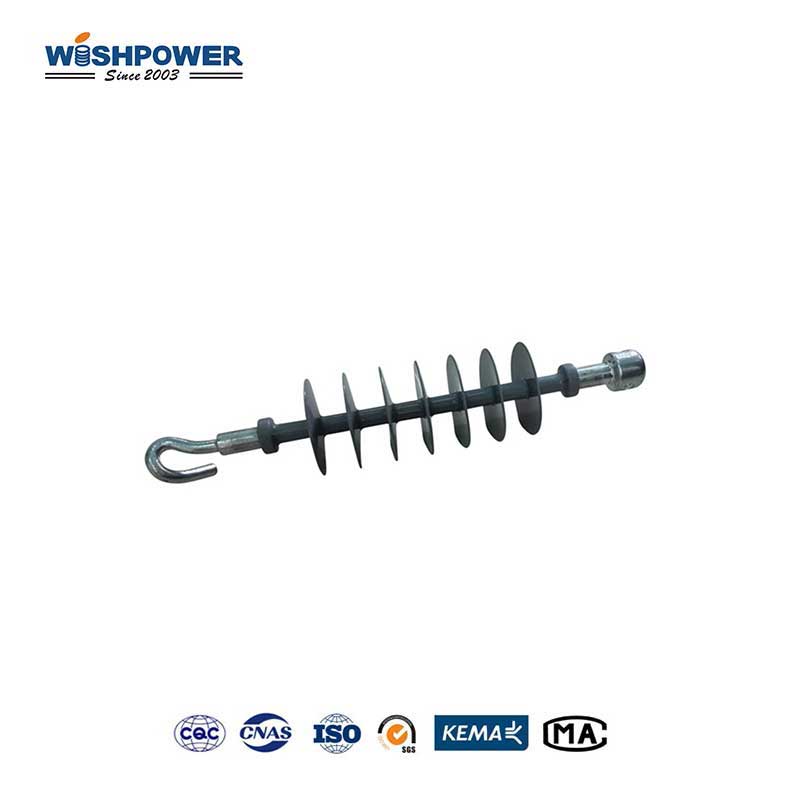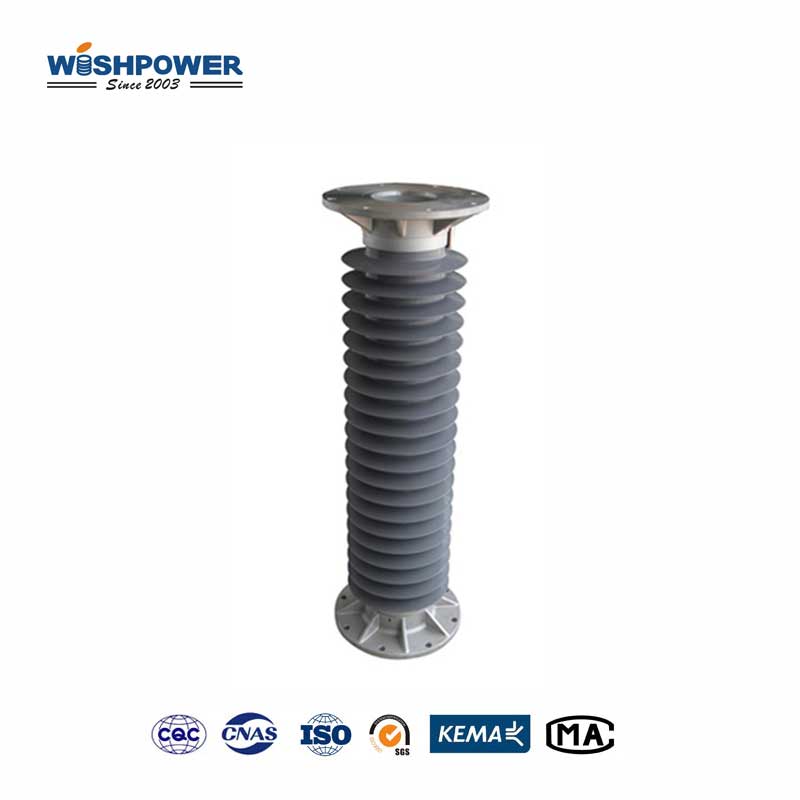Insulators are important features of power transmission and distribution systems that prevent current ground flows accidently and ensure power grid reliability. Porcelain insulators and composite insulators are two common types of insulators that we utilize. What is the difference between porcelain and composite insulators?

Material Composition
Porcelain Insulators
Ceramic materials are the principal materials for making porcelain insulators and usually consist mainly of clay, feldspar, and quartz. At high temperatures, this combination is fired and forms a strong, durable, and weather-resistant product. For many years we have used porcelain for its reliability and insulating properties in electrical applications. Strong and rigid makes it an excellent piece of steel to use in any number of conditions both hot and cold.
Composite Insulators
For example, composite insulators are made from fiberglass-reinforced plastic and polymer materials. The composite insulator core consists usually of a hollow fiberglass rod onto which is applied a weather-resistant polymer usually silicone rubber. The composite structure is more flexible and has less weight than porcelain insulators. Furthermore, the polymer coating gives extra resistance to environmental tools resembling UV radiation, moisture, and pollution.
Performance Characteristics
Insulation Performance
Porcelain and composite insulators are excellent insulators; however, they work in different ways in different conditions. The high dielectric strength of porcelain insulators makes them capable of withstanding electrical stresses. Despite that, they are susceptible to surface leakage currents in polluted environments (especially humid climates).
Unlike composite insulators, hydrophobicity is great, as composite insulators repel water and contaminants equally well. It’s this property that keeps flashover incidents at bay in inclement weather, as it helps to keep their insulating properties. Composite materials with the same properties self-clean and therefore remain clean longer thus improving their reliability in polluted environments.
Mechanical Strength
The mechanical and durability of porcelain insulators are well known. Also, they can survive under high tensile and compressive loads, which would render them reasons they can be used for heavy-duty types of utilizations. But they’re so brittle that they can shatter or crack if they’re introduced to extreme shock or pressure.
Still, composite insulators are much lighter and more flexible but also have considerable mechanical strength. Designed to withstand shock, they tend to resist breaking when hit. Its ability to withstand vibration or dynamic loads makes it ideal for use in applications where there are vibration or dynamic loads (e.g., wind farms or in areas that experience a great deal of seismic activity).
Environmental Resistance
Weathering and Aging
Porcelain insulators, being used for hundreds, if not thousands of years have an excellent service life. But they can be damaged, over time, by environmental factors including changes in temperature, UV radiation, and moisture. Degradation of the glaze on porcelain insulators can create surface defects that adversely affect performance.
Composite insulators are tailored to work in harsh environments. They are made from polymer materials that are UV stable and resist extreme temperatures and chemical attacks. As a result, composite insulators become less sensitive to aging, allowing them to carry a longer service life than porcelain insulators.
Pollution Resistance
Porcelain insulator surfaces can get soiled in polluted environments by dirt, dust, and other contaminants, causing surface leaks and the possibility of flashovers. They may even need to be maintained and continually cleaned to function properly.
Such hydrophobic properties of composite insulators facilitate their better ability to cope with polluted environments. It’ll bead up and roll off the surface carrying dirt and contaminants away. This self-cleaning effect decreases the maintenance needs and increases the reliability of composite insulators in harsh conditions.
Cost Considerations
Cost can be a critically important factor when comparing porcelain and composite insulators. The production methods for porcelain insulators have been well-established for a long time with cheap production methods, so in most cases, the upfront cost is relatively low. But, they can eventually cost more to maintain considering that they have to be cleaned regularly and maintained.
Ultimately, composite insulators are often more expensive initially but have lower total lifecycle costs. With their durability, lower maintenance requirements, and better performance in harsh conditions they can pay for themselves over time, especially in high maintenance situations.
What is the difference between porcelain and composite insulators?
Overall, summarized, porcelain and composite insulators have special functions in power transmission and distribution systems and have their own merits and demerits. The mechanical strength and reliability of porcelain insulators environmental resistance and reduced maintenance requirements of composite insulators are accepted. The two choices depend on application requirements, environmental conditions, and cost considerations. Knowledge of these differences can aid engineers and decision-makers in choosing appropriate insulators for electrical systems and making them both safe and efficient.
If you have different opinions or want to know more, please leave a message on the website or contact us directly at info@wishpower.net
















